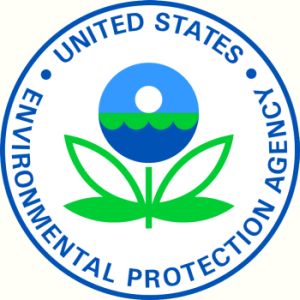
The case concerned the EPA’s effort to regulate sediment pollution in Accotink Creek, a 25-mile long tributary of the Potomac River, by more broadly monitoring how much runoff came through the creek.
The agency had argued that since sediment, which is a pollutant under the law, was deposited as a result of rainstorms, that it had the authority to regulate the water itself by determining the total daily maximum load of runoff that could flow through the creek before it undermined water quality.
Since the water runoff in question would have exceeded such limits, such a determination by the agency would have forced the Commonwealth of Virginia to implement technologies remove the “pollutant” from the creek. Meaning local officials would have had to essentially drain the creek, leaving the Commonwealth responsible for reducing waterflow by half.
The case underscores the regulatory costs that the agency imposes on state and local governments. This particular project would have cost taxpayers some $300 million, according to Virginia Attorney General Ken Cuccinelli, who successfully argued the case.
The trouble, of course, is that water itself is neither a pollutant in reality nor under the Clean Water Act.
In his decision, Judge Liam O’Grady wrote, “EPA may not regulate something over which it has no statutorily granted power… as a proxy for something over which it is granted power.” He continued, “If the sediment levels in Accotink Creek have become dangerously high, what better way to address the problem than by limiting the amount of sediment permitted in the creek?”
“Stormwater runoff is not a pollutant, so EPA is not authorized to regulate it,” O’Grady said.
“EPA was literally treating water itself — the very substance the Clean Water Act was created to protect — as a pollutant,” Attorney General Cuccinelli noted.
“This EPA mandate would have been expensive, cumbersome, and incredibly difficult to implement. And it was likely to do more harm than good, as its effectiveness was unproven and it would have diverted hundreds of millions of dollars Fairfax County was already targeting for more effective methods of sediment control,” Cuccinelli added.
This is not the first time the EPA has attempted such egregious power grab.
Previously, the agency has regulated carbon dioxide — a biological gas necessary for the very existence of life — as a “pollutant” under the guise of the Clean Air Act. Despite the fact that the law never originally mentioned carbon emissions, in 2007 the Supreme Court had ruled such emissions could be regulated.
Such absurdities are usually reserved for science fiction stories, which utilize and exaggerate logical extensions of scientific and cultural trends. In this case, an all-powerful agency attempting to regulate the rain itself, and the air we breathe.
Except it’s not sci-fi. It’s really happening. Only an agency based out of Washington, D.C. could contrive such asinine, expansive interpretations of its authority.
That is why every state in the Union should be thanking Attorney General Cuccinelli — for mercifully panning this bad movie before anyone else had to see it.
Robert Romano is the Senior Editor of Americans for Limited Government.






